Large-fruited cranberries - principles of cultivation
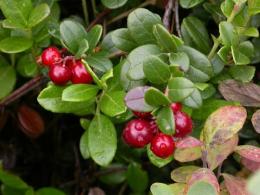
Not everyone has the opportunity to grow cranberries in their garden. This plant is quite sensitive to environmental conditions, so it is quite difficult to find cranberries in the country. At the same time, in suitable conditions, large-fruited cranberries will take root well and bear fruit, so growing them becomes a rewarding endeavor. It is better to take planting material from special places for growing cranberries or from friends. If you take “wild” cuttings, they can become a source of weeds. In addition, their growing conditions will vary greatly and cannot be predicted.
Also, seedlings from the nursery are less demanding when transplanted - they quickly take root and produce roots. When planting cranberries, you must follow several rules. You should start planting cranberries in the spring. It is better to take cuttings about 20 cm long, but small ones (5-10 cm) are also possible. Longer cuttings take root better and give growth of at least 20-25 cm over the summer. After a year, the cuttings continue to grow and branch. In the third or fourth year, the plants intertwine and begin to bear fruit. But mass flowering and a large number of fruits can be obtained only five years from the moment of planting large-fruited cranberries.
Caring for cranberries should be constant and timely. Creating optimal conditions is the key to a good harvest. Therefore, regular weeding, watering and fertilizing the soil become integral when growing cranberries. The amount of fertilizer in the first three years should be maximum.This is necessary for rapid shoot growth. From the moment of fruiting, cranberries require less fertilizer. The taller the cranberry bush, the easier it is to care for. Therefore, experienced gardeners advise making tall bushes by constantly completely cutting off vertical shoots and regularly pruning horizontal shoots (this will stimulate growth). If you follow the rules, you can achieve a good harvest within three to four years after planting cranberries.

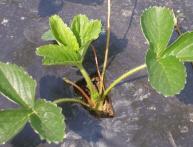
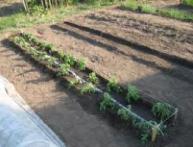
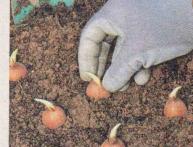
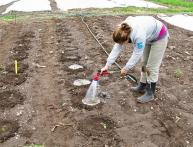
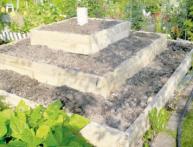

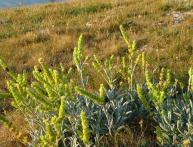
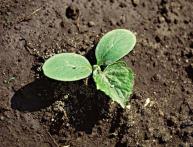
Comments
I didn’t even realize that such a healthy berry could be grown in your garden, believing that it grew mainly in swamps.